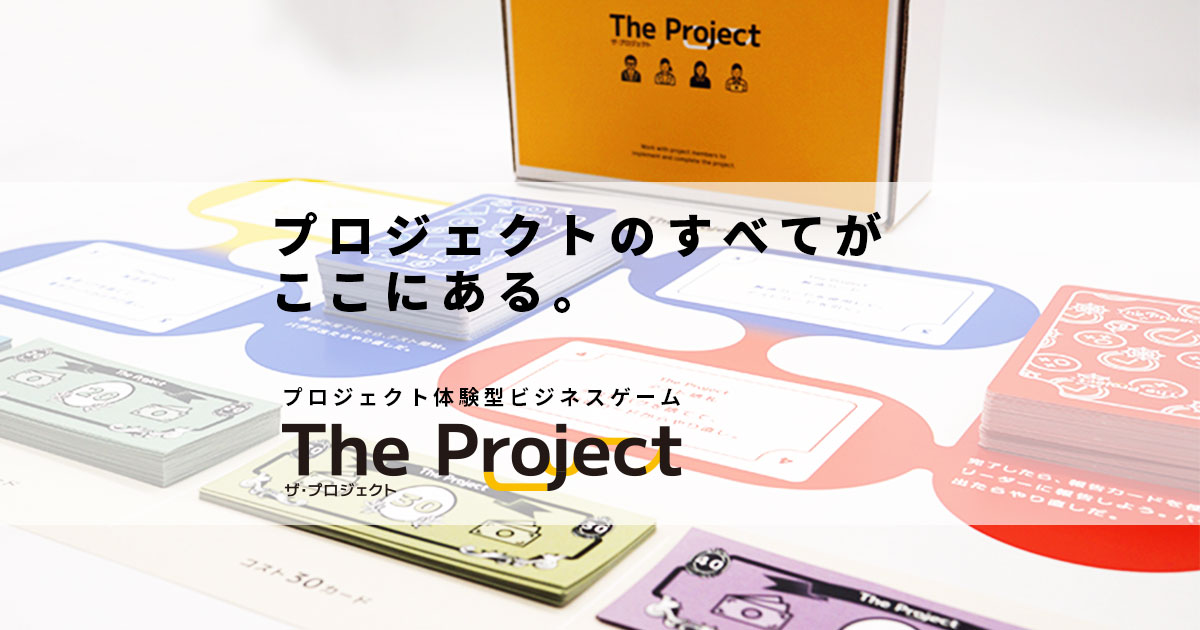
お知らせ
2023.12.5(Tue)
目次
こんにちは。横尾です。
Javaで開発を行っていると、慣れてきても何度か調べてしまうのが、型変換についてですよね。ということで、今回は数値型の型変換をまとめてみようと思います。
int型からString型
// valueOfを使って変換 String str = String.valueOf(i); // 空文字を足し算 String str = "" + i; // toStringを使って変換(1) String str = new Integer(i).toString(); // toStringを使って変換(2) String str = Integer.toString(i);
// parseIntを使って変換 int i = Integer.parseInt(str); // intValueを使って変換(1) int i = new Integer(str).intValue(); // intValueを使って変換(2) int i = Integer.valueOf(str).intValue();
short型からString型
// valueOfを使って変換 String str = String.valueOf(s); // 空文字を足し算 String str = "" + s; // toStringを使って変換(1) String str = new Short(s).toString(); // toStringを使って変換(2) String str = Short.toString(s);
// parseShortを使って変換 short s = Short.parseShort(str); // shortValueを使って変換(1) short s = new Short(str).shortValue(); // shortValueを使って変換(2) short s = Short.valueOf(str).shortValue();
byte型からString型
// valueOfを使って変換 String str = String.valueOf(b); // 空文字を足し算 String str = "" + b; // toStringを使って変換(1) String str = new Byte(b).toString(); // toStringを使って変換(2) String str = Byte.toString(b);
// parseByteを使って変換 byte b = Byte.parseByte(str); // byteValueを使って変換(1) byte b = new Byte(str).byteValue(); // byteValueを使って変換(2) byte b = Byte.valueOf(str).byteValue();
long型からString型
// valueOfを使って変換 String str = String.valueOf(l); // 空文字を足し算 String str = "" + l; // toStringを使って変換(1) String str = new Long(l).toString(); // toStringを使って変換(2) String str = Long.toString(l);
// parseLongを使って変換 long l = Long.parseLong(str); // longValueを使って変換(1) long l = new Long(str).longValue(); // longValueを使って変換(2) long l = Long.valueOf(str).longValue();
float型からString型
// valueOfを使って変換 String str = String.valueOf(f); // 空文字を足し算 String str = "" + f; // toStringを使って変換(1) String str = new Float(f).toString(); // toStringを使って変換(2) String str = Float.toString(f);
// parseLongを使って変換 float f = Float.parseFloat(str); // floatValueを使って変換(1) float f = new Float(str).floatValue(); // floatValueを使って変換(2) float f = Float.valueOf(str).floatValue();
double型からString型
// valueOfを使って変換 String str = String.valueOf(d); // 空文字を足し算 String str = "" + d; // toStringを使って変換(1) String str = new Double(d).toString(); // toStringを使って変換(2) String str = Double.toString(d);
// parseLongを使って変換 double d = Double.parseDouble(str); // doubleValueを使って変換(1) double d = new Double(str).doubleValue(); // doubleValueを使って変換(2) double d = Double.valueOf(str).doubleValue();
次に数値型のキャストです。
int型から他数値型
// int型からshort型 short S = (short)i; // int型からbyte型 byte b = (byte)i; // int型からlong型 long l = i; // int型からfloat型 float f = i; // int型からdouble型 double d = i;
int型を越えるlong型、double型の範囲の数値をプログラムの中で記述する場合は、数値の最後に「L」または「l」、「D」または「d」を付けます。
浮動小数点数の場合、数値の最後に「F」または「f」を付けると、float型として扱われます。何も付けない場合は、暗黙的にdouble型として処理されます。ただし、「D」または「d」を付けて、明示的にdouble型として宣言することもできます。
// long型の宣言 long l = 3000000000L; // double型の宣言 double d = 3000000000D; // float型の宣言 float f = 1.23F;
今回は数値と文字列の型変換をまとめました。
Javaには型変換がたくさん存在するので、他の型変換もまとめてみたいと思います。

